The all-electric E.HOME caravan from Dethleffs
What has been our vision in recent years is now within reach. After toiling away for many months, we were able to present a functional prototype of an all-electric, self-driving caravan back at the Caravan Salon 2019. This vehicle will soon be taking on the major challenge of crossing the Alps. The team working on the E.HOME caravan is doing its utmost to make the vision of the self-driving caravan a reality.
As this innovation of a self-driving caravan pretty much reinvents not only the caravan but the trailer in general, there are also several basic issues that still need to be resolved, from driving licenses right through to European registration regulations. The German Federal Association for eMobility (Bundesverband für Elektromobilität, BEM), whose newest member is the Erwin Hymer Group, is discussing these matters and other challenges and introducing problem-solving approaches.
We are active in the BEM’s “eMobility and trailers” working group, which deals with these specific issues. We hope to find feasible, future-oriented solutions here, together with the relevant authorities.

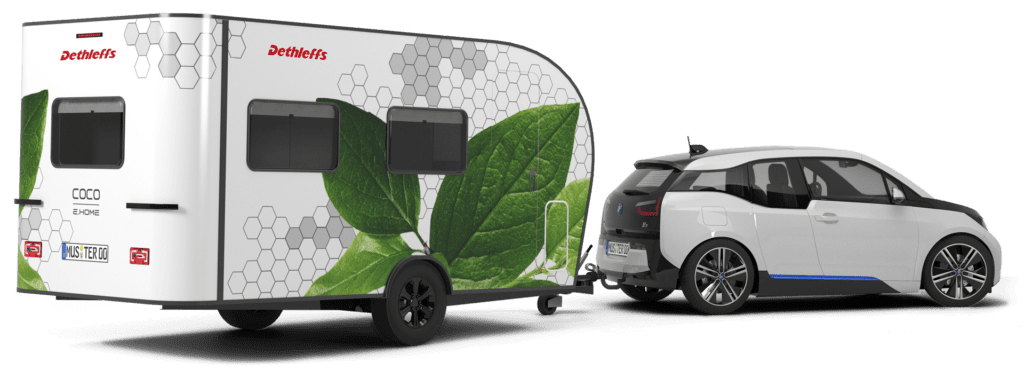
Why is an extensive test phase so important?
We are entering uncharted territory with the E.HOME caravan. There are not yet any predefined safety standards for this drive concept for trailers that we can adhere to, nor is there a schedule or testing procedure we can follow. So we have been guided by the automotive industry’s standards and developed the E.HOME caravan under their strict stipulations.
Vehicle safety standards are known for being very strict. This led us to design and reinforce the chassis distribution and fixtures and fittings in the prototype in accordance with the latest safety factors since the study from 2019, which will protect important components in the event of a collision.
Following the Caravan Salon 2019, we have continued to make the individual components using various system tests and in due consideration of the special requirements imposed on the vehicle. The individual components are assembled once everything has been tested and any readjustments have been made. The E.HOME caravan is then once again put through its paces on driving and test routes.
The ultimate endurance test will be completed in the final step, which is due to start soon: the drive across the Alps. We’ll keep you up to speed.
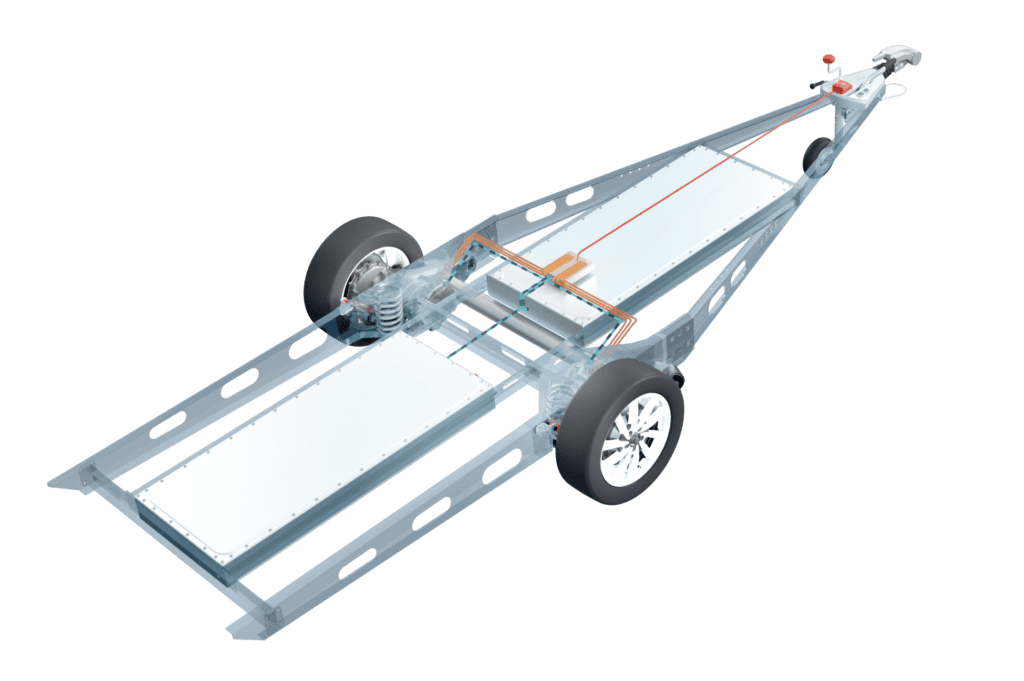
Battery
Modern lithium-ion batteries with approx. 80 kWh power.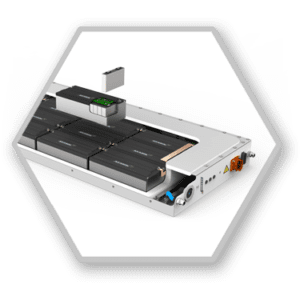 1 of 4
1 of 4
Electronic axle
Twist-beam rear suspension with its own electric drive. Each wheel is powered individually.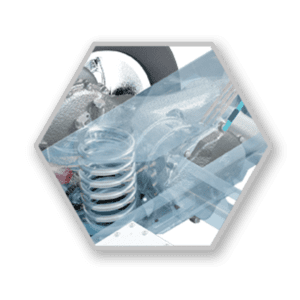 2 of 4
2 of 4
Central control unit
Continuously evaluates all data in split seconds and controls the drive units.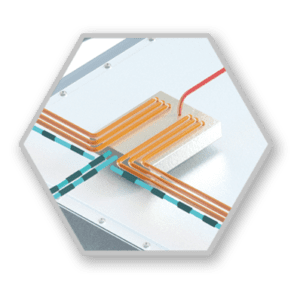 3 of 4
3 of 4
Strain relief module
The drive is controlled in such a way that only a defined towing capacity of 100 kg, for example, affects the tow hitch.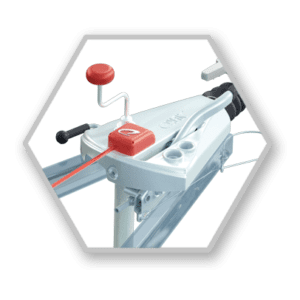 4 of 4
4 of 4
